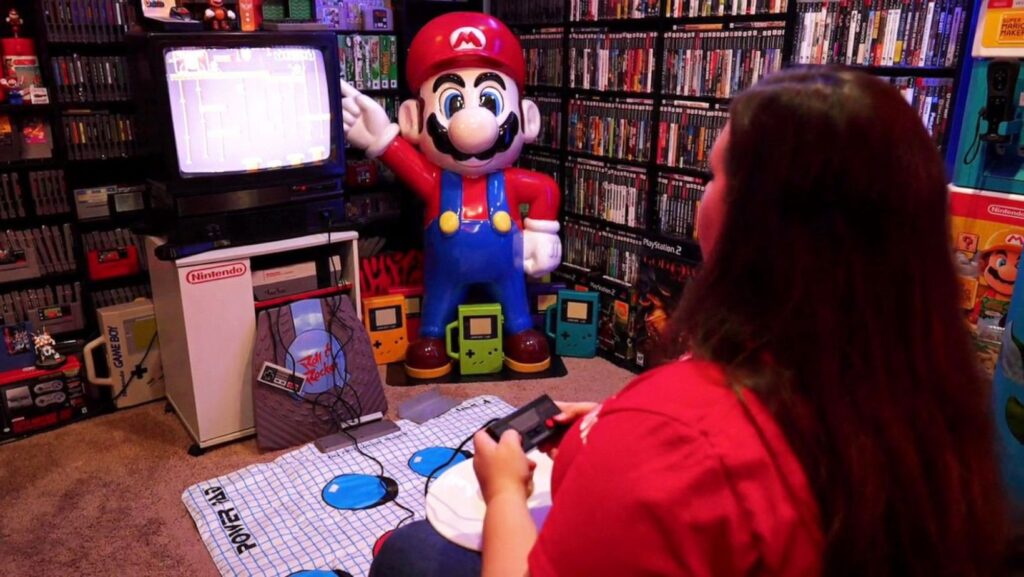
What is Considered Retro Gaming
As an enthusiast in the world of gaming, I find that retro gaming is a term often used to describe playing and collecting older video games from previous console generations. The definition of what constitutes retro gaming can vary among individuals, but it generally refers to games and consoles that are no longer in production or considered outdated by modern standards.

When discussing retro gaming, what is considered retro gaming it’s essential to consider the nostalgia factor associated with these classic titles. Many gamers have fond memories of playing these older games during their childhood or teenage years, which adds a sentimental value to revisiting them in the present day. Additionally, retro gaming can also encompass a sense of simplicity and charm that may be lacking in today’s more complex and graphically advanced titles.
In essence, retro gaming serves as a bridge between the past and present of video game culture, what is considered retro gaming allowing players to experience firsthand the evolution of this medium over time. Whether it’s reliving cherished moments from yesteryears or exploring the roots of modern game design, delving into retro gaming offers a unique perspective on where this beloved form of entertainment has been and where it might be headed next.
Defining Retro Gaming
When we talk about what constitutes retro gaming, it often triggers a wave of nostalgia for many enthusiasts like myself. Retro gaming typically refers to playing or collecting video games and consoles that were popular in previous decades, what is considered retro gaming usually from the late 1970s to the early 2000s. These classic games hold a special place in the hearts of gamers who grew up with them.
One key aspect of retro gaming is the visual style and gameplay mechanics characteristic of older titles. Pixel art graphics, simple controls, and limited processing power defined many retro games. Titles like Super Mario Bros., Pac-Man, and Tetris are prime examples of this era’s iconic design elements that continue to captivate players today.

Apart from the technical aspects, nostalgia plays a significant role in defining retro gaming. For many players, revisiting these old classics evokes fond memories of childhood or simpler times. The emotional connection to these games often drives individuals to seek out vintage consoles or emulate old titles on modern platforms.
In recent years, the popularity of retro gaming has surged, leading to a resurgence in demand for classic titles and hardware. Collecting retro games has become a hobby for many enthusiasts looking to preserve gaming history and experience timeless gems that laid the foundation for today’s modern industry.
The charm of retro gaming lies not only in its simplicity but also in its ability to transcend generations and unite players through shared experiences. As technology continues to advance rapidly, embracing our roots by celebrating retro games ensures that these digital artifacts remain cherished treasures for years to come.
History of Retro Gaming
Exploring the origins of retro gaming takes us on a nostalgic journey back to the early days of video games. The concept of retro gaming refers to playing or collecting older video games from outdated platforms, often invoking feelings of sentimentality and fond memories among enthusiasts. It’s not just about the age of the game but also the experience it offers, capturing a sense of simplicity and charm that modern gaming sometimes lacks.

In the late 1970s and throughout the 1980s, arcade machines and home consoles like Atari 2600 and Nintendo Entertainment System (NES) revolutionized the gaming industry. These iconic systems laid the groundwork for what would later be cherished as retro classics. Titles such as “Pac-Man,” “Space Invaders,” and “Super Mario Bros.” became household names, shaping an entire generation’s relationship with video games.
As technology advanced, so did gaming hardware, leading to more sophisticated graphics and gameplay mechanics. However, despite these advancements, many players still hold a deep affection for the pixelated aesthetics and straightforward gameplay found in retro titles. The appeal lies in their timeless design principles that prioritize fun and creativity over sheer graphical prowess.